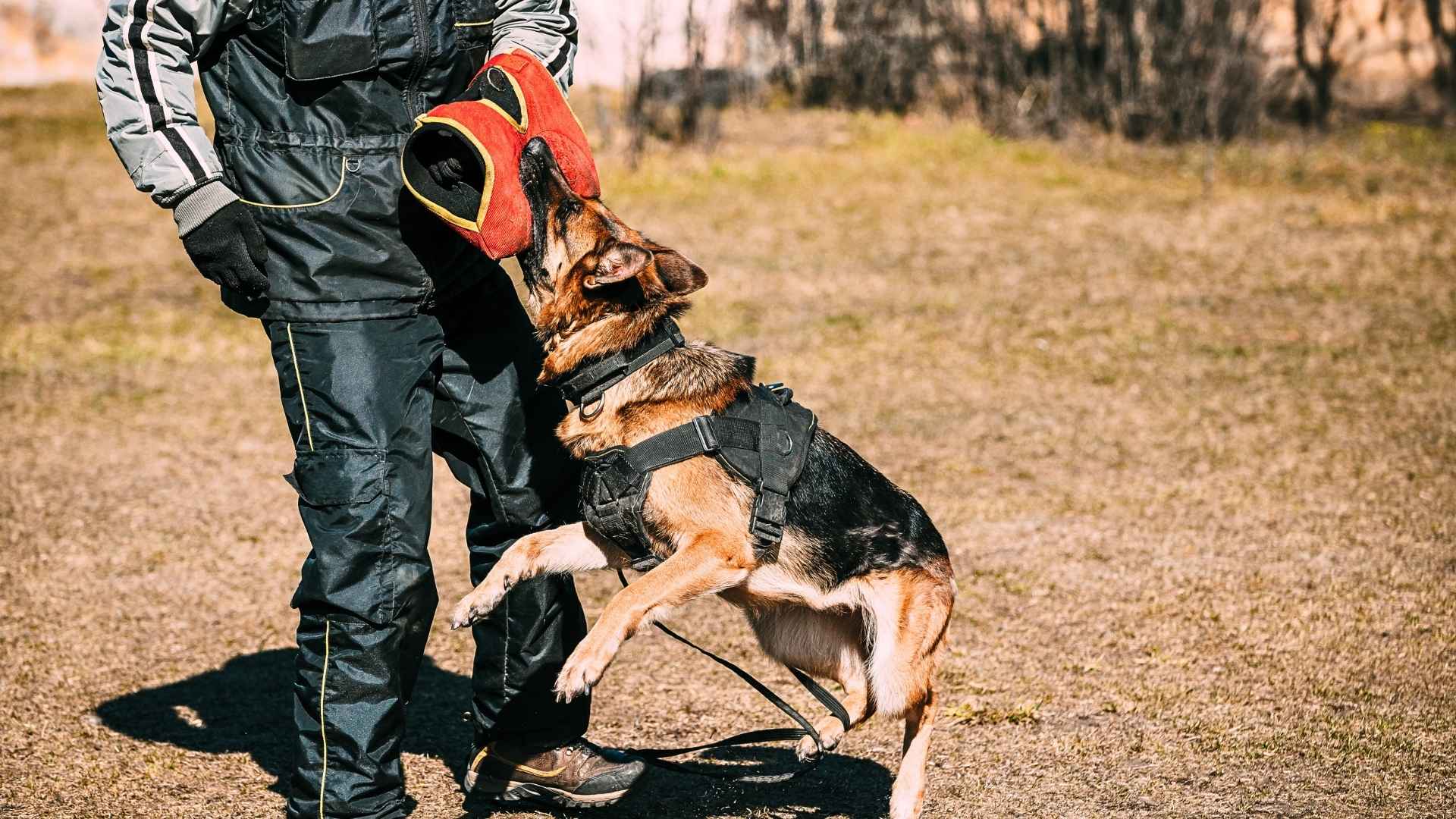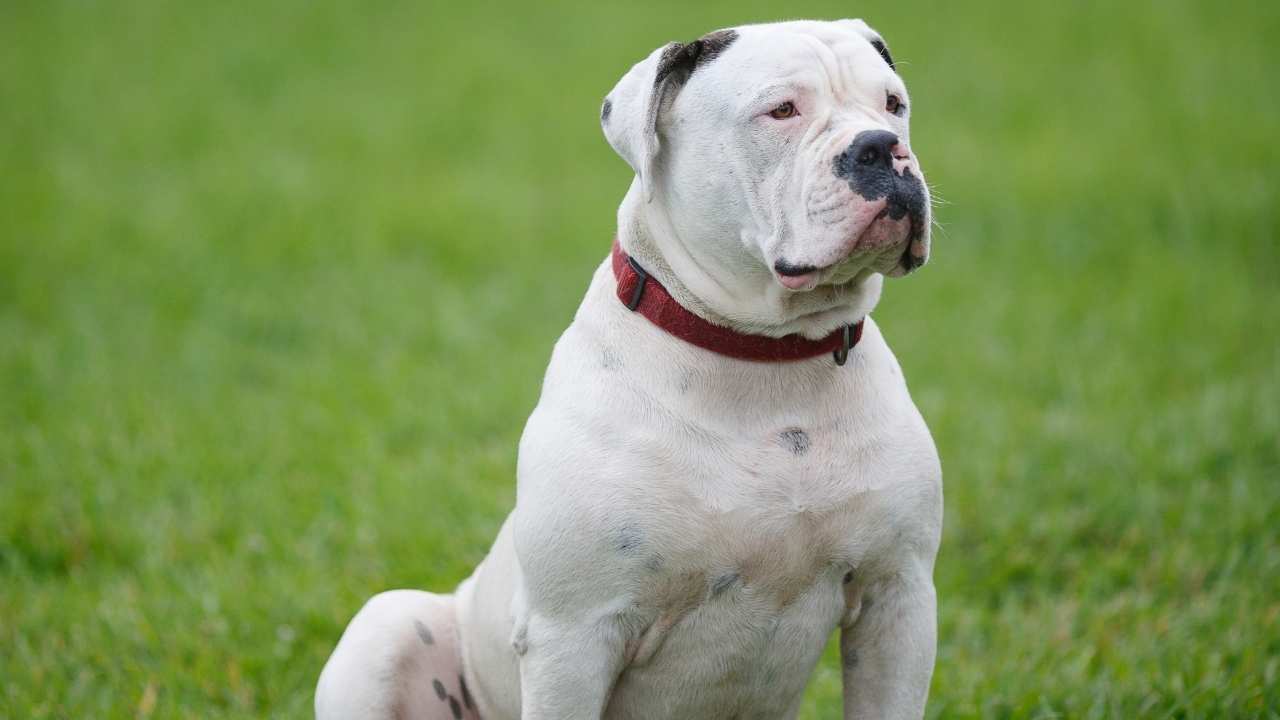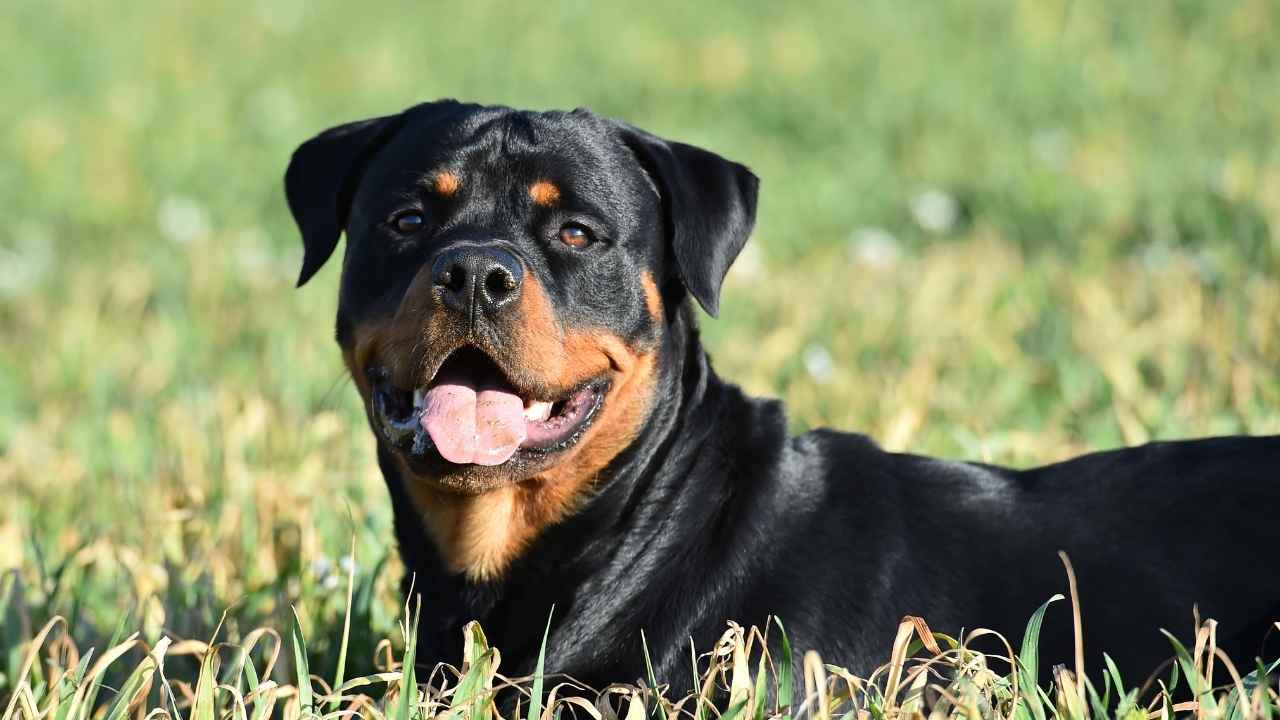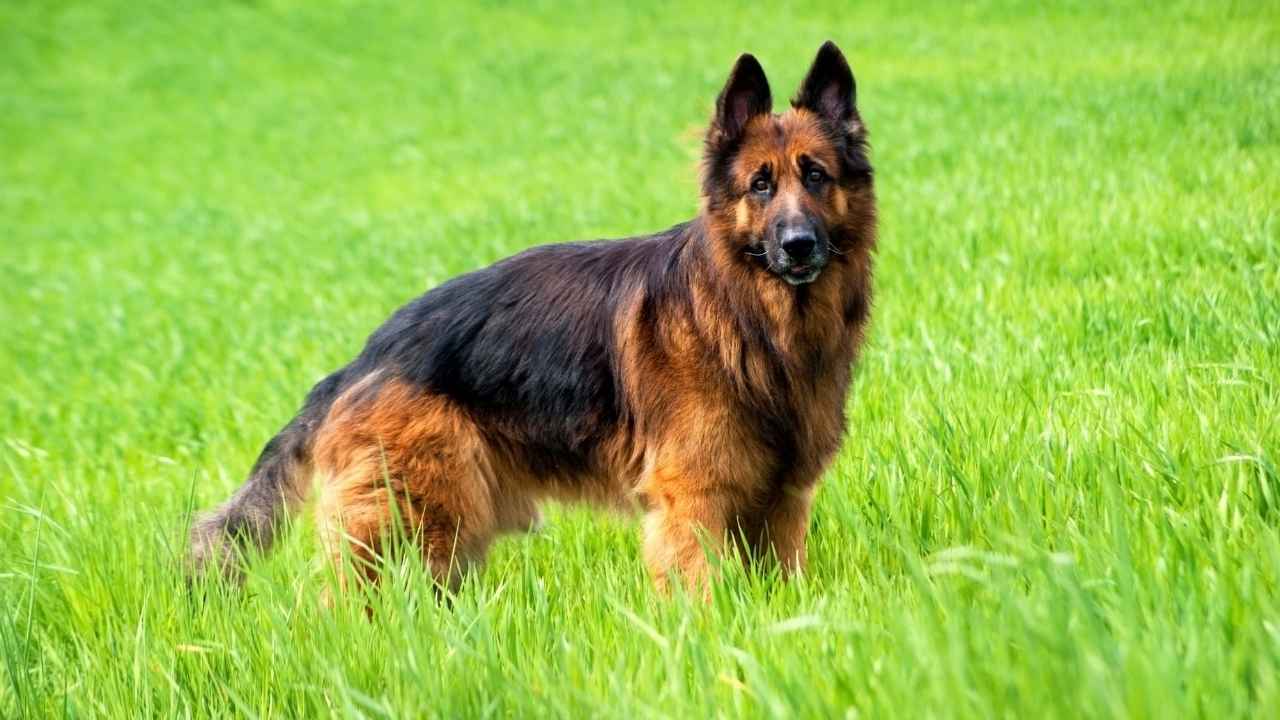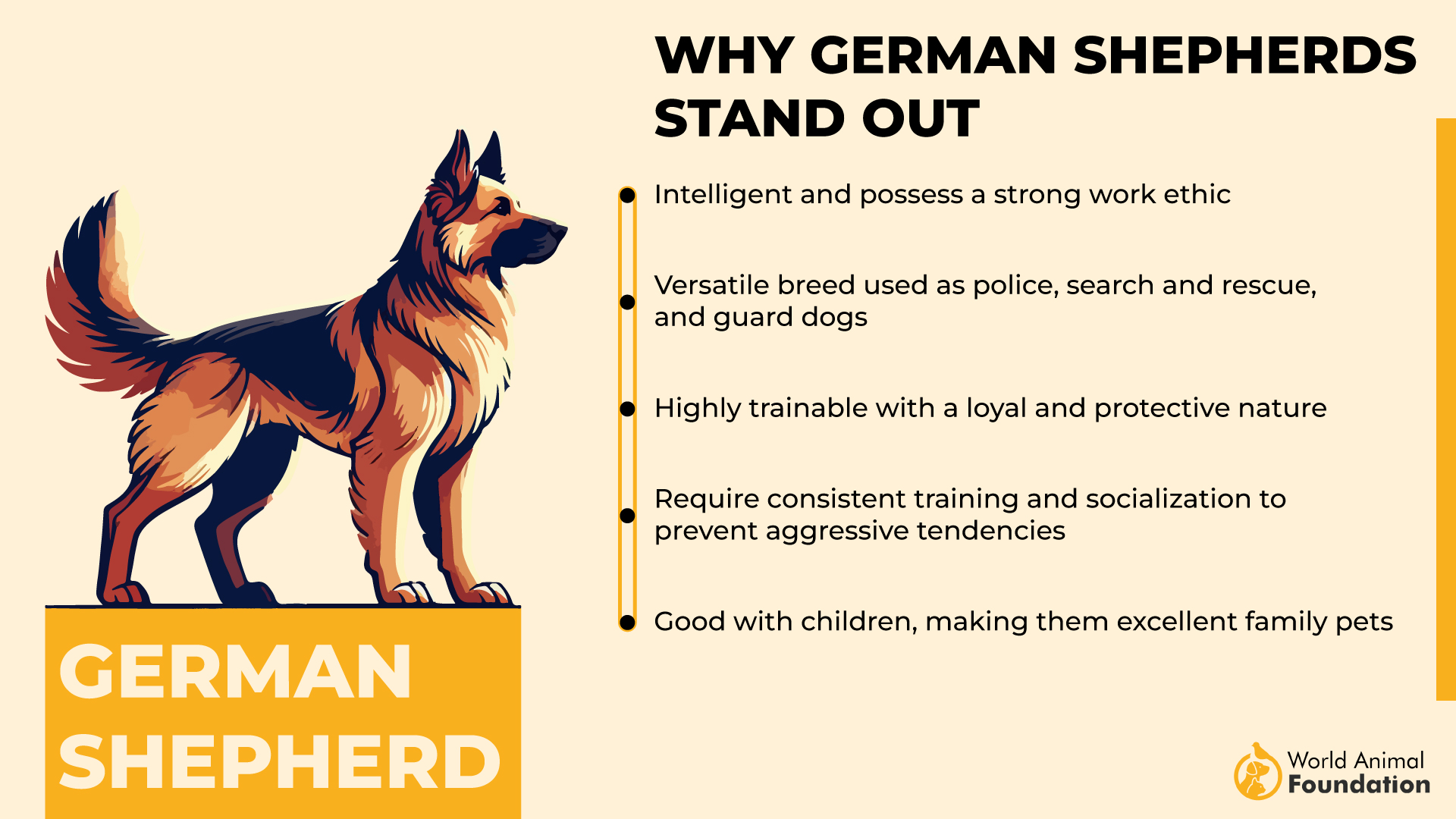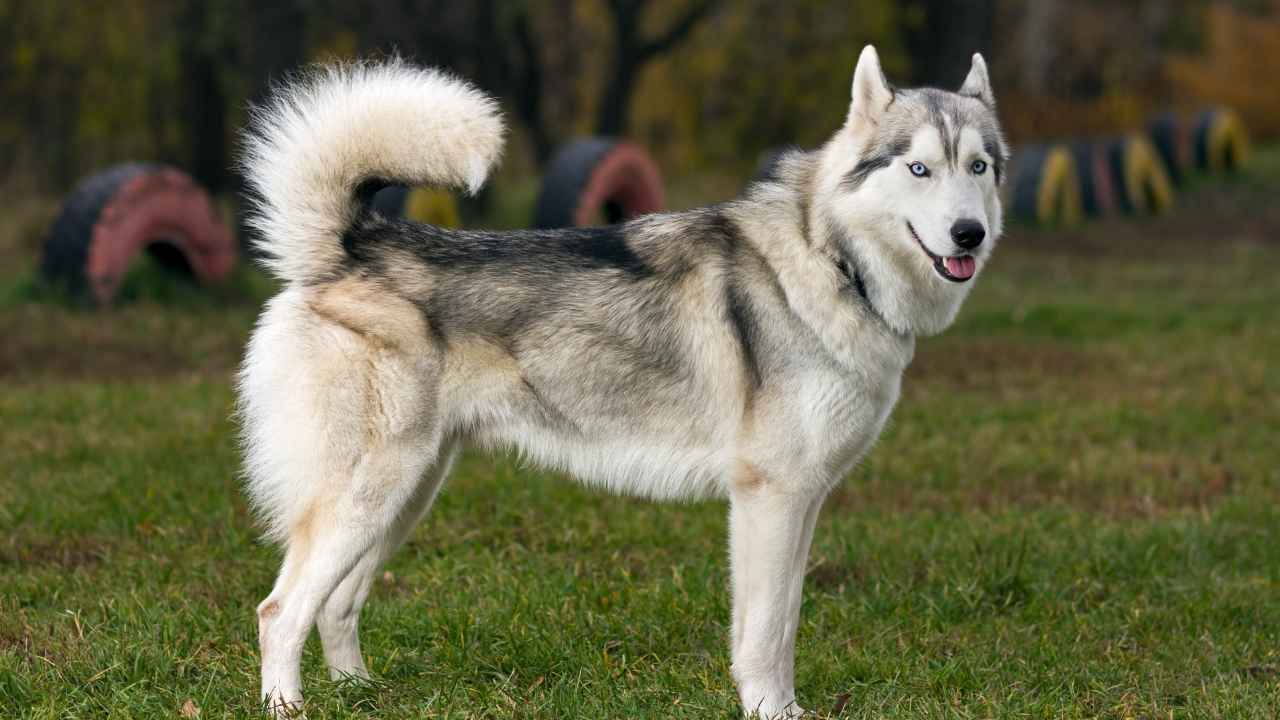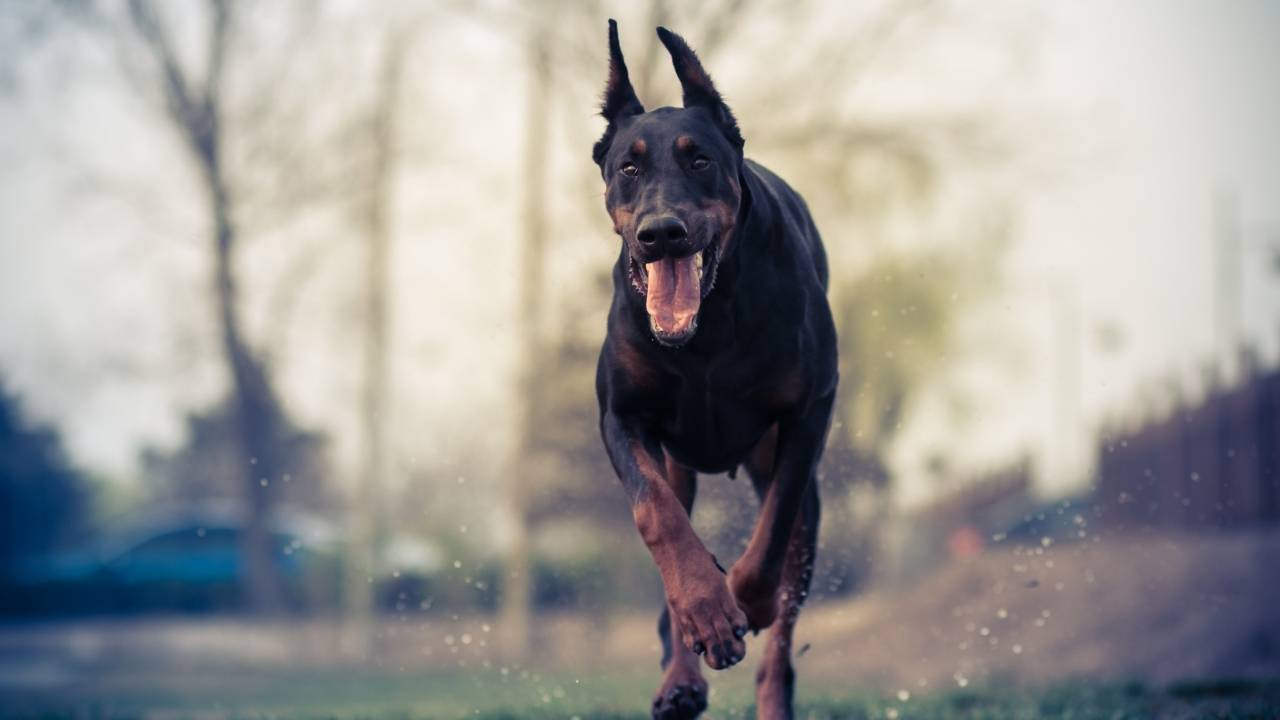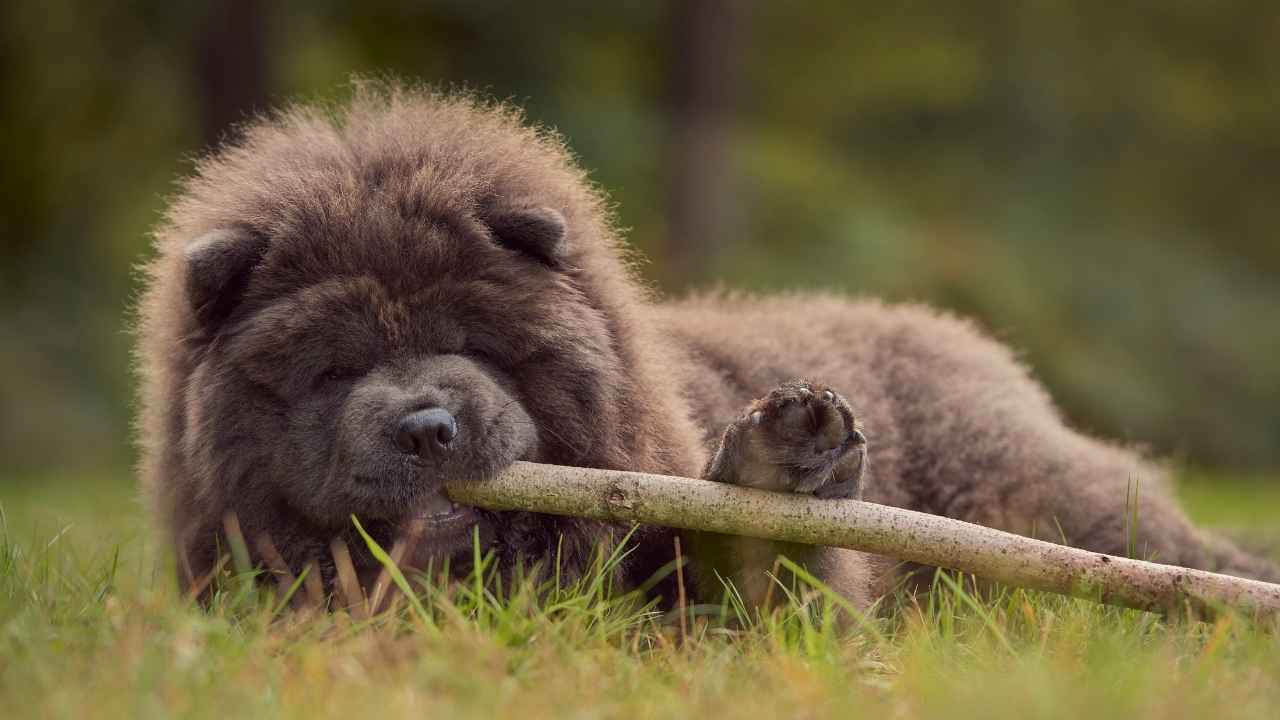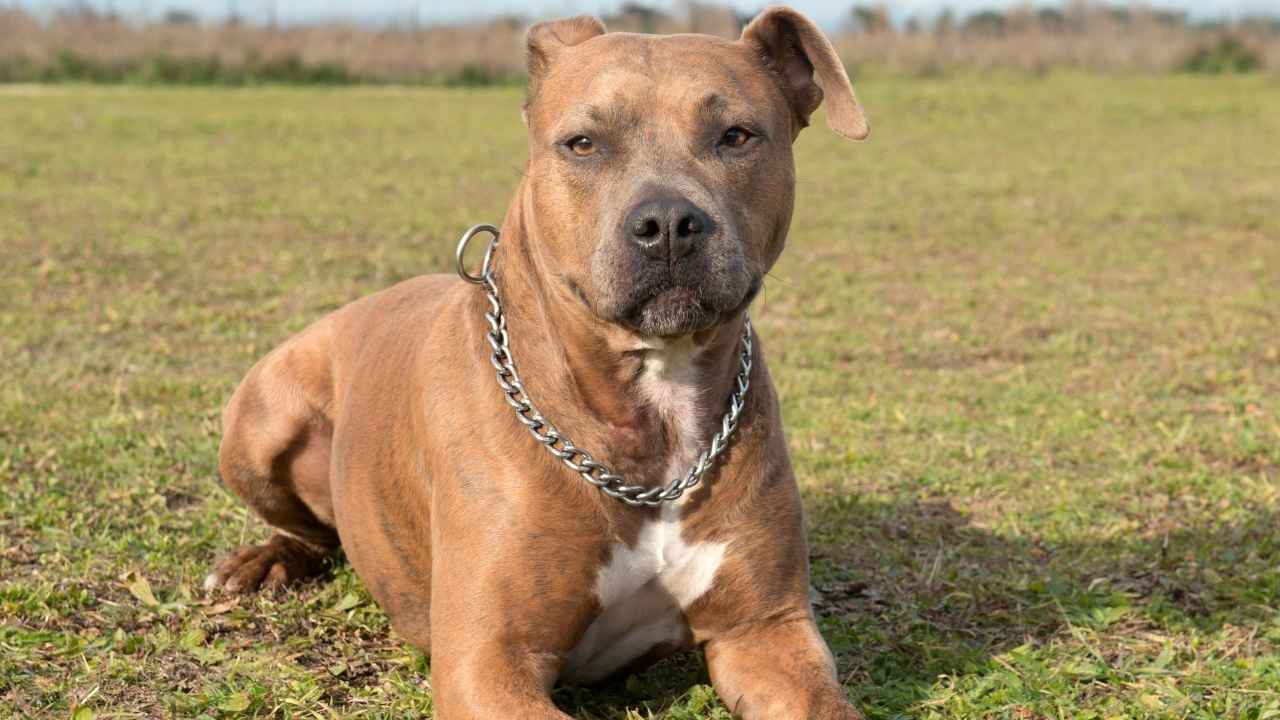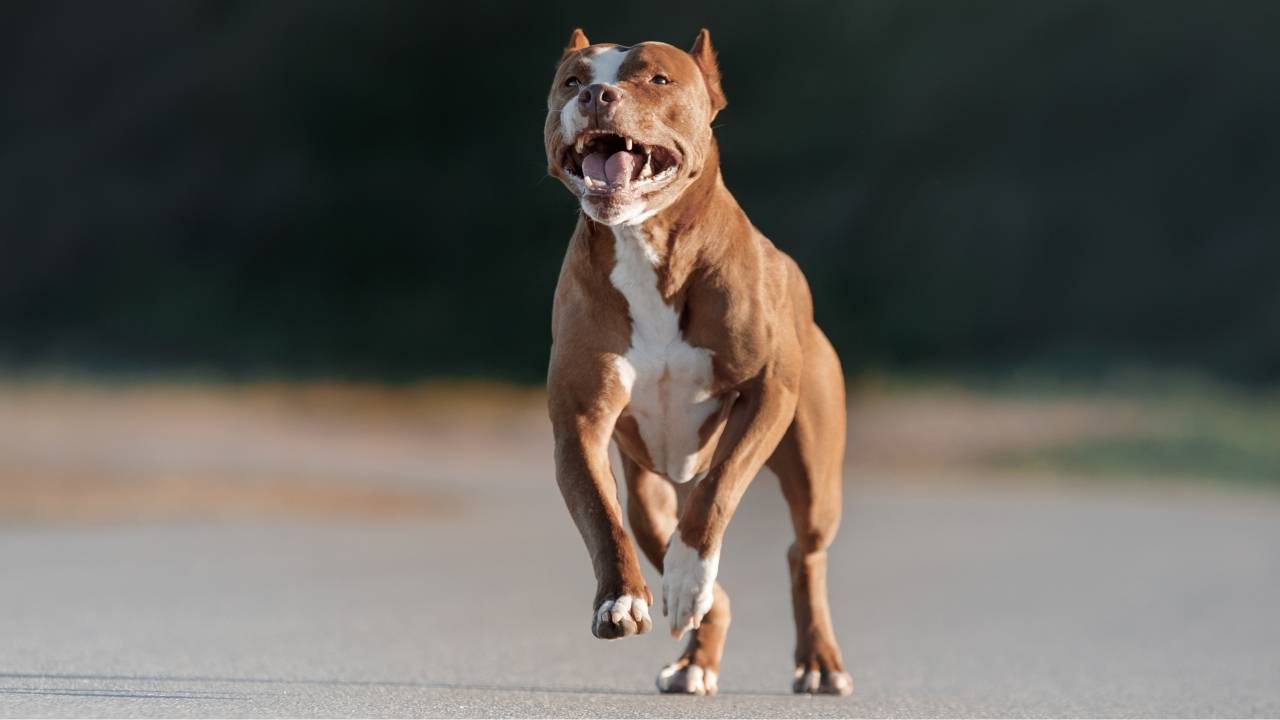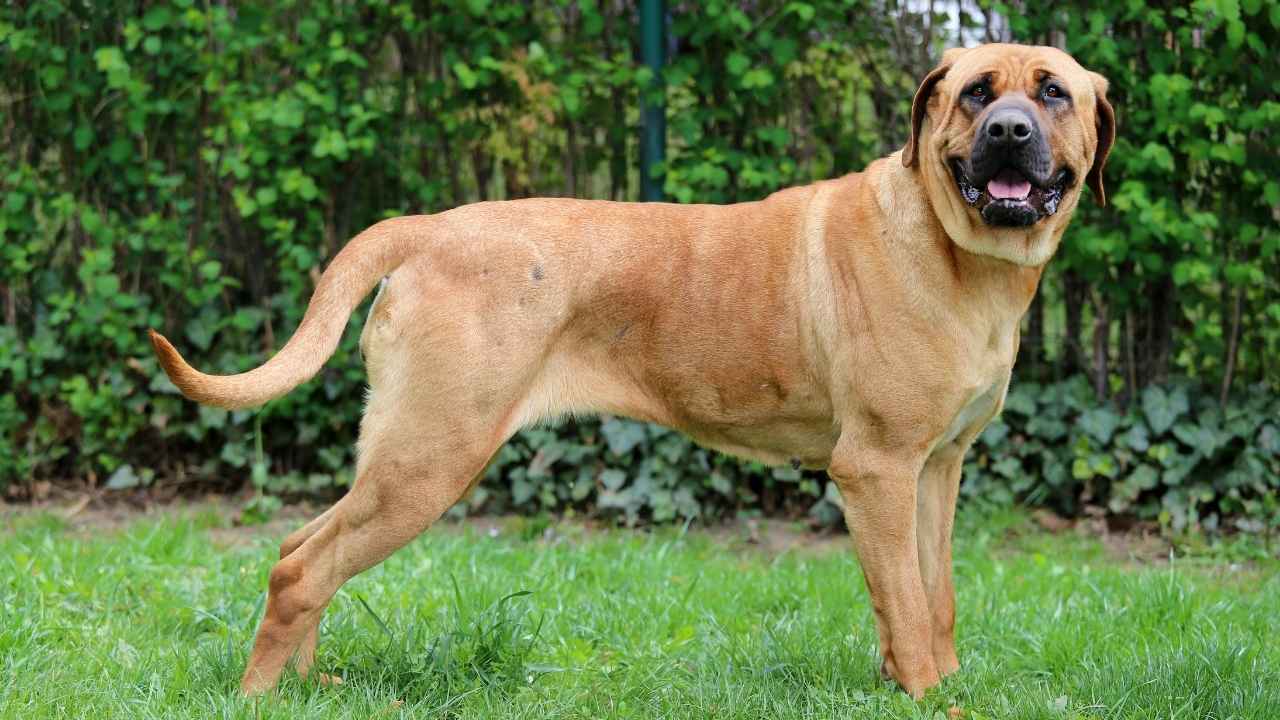Understanding the potential risks associated with certain dog breeds can significantly enhance safety and harmony in homes and communities. “10 Dog Breeds That Bite Most: Facts, Stats, And Prevention Tips” delves into the statistics and behavioral traits that characterize these breeds. While dogs are often beloved companions, their complex nature requires awareness and responsibility from owners. This guide not only outlines which breeds statistically bite most but also offers invaluable prevention tips to foster secure and fulfilling relationships between humans and their canine counterparts. Empower yourself with knowledge to ensure gentle play and wagging tails prevail.
Dogs are often called humanity’s best friend, but even the friendliest dog can bite under certain circumstances. Biting is part of a dog’s natural behavior, a means of communication, protection, or even play. However, when discussing dog breeds that bite most, it’s important to tread carefully.
A dog’s likelihood to bite is often tied to their training, environment, and upbringing rather than their breed alone. Despite this, certain breeds are statistically more associated with biting incidents, either due to their size, strength, or historical reputation.
According to dog bite statistics, approximately 4.5 million people are bitten by dogs each year in the United States. Notably, children aged 5 to 9 years old are at a higher risk, with about 5% of children in this age group experiencing dog bites, representing more than 30% of dog bites in less than 9% of the population.
In this blog, we’ll explore some of the breeds most commonly associated with biting incidents.
Dog Breeds That Bite Most
1. American Bulldog
The American Bulldog is a powerful and muscular breed known for its protective instincts and strong bite.
This protective nature, combined with their strength, can lead to dog bite incidents if the dog feels threatened or untrained. Their bite force is estimated at around 305 PSI, making them capable of delivering serious damage.
However, aggression isn’t a defining trait of the Bulldogs.
These dogs are incredibly loyal and loving to their families when properly raised. They thrive in environments where they are given clear boundaries and adequate exercise. However, poor socialization or harsh training methods can bring out undesirable behaviors, including biting.
WebMD suggests it’s necessary to teach kids how to touch these dogs appropriately.
To prevent biting incidents, dog parents must commit to training and consistent discipline. American Bulldogs are intelligent and eager to please, making them trainable with positive reinforcement. Early socialization is key, exposing them to various people, environments, and situations to help them feel secure and reduce fear-based reactions.
2. Rottweiler
Rottweilers are often perceived as intimidating due to their size, strength, and protective nature.
With a bite force of around 328 PSI, they are one of the most powerful biters in the dog world and surely a dangerous dog breed.
Historically, they were bred to herd cattle and guard homes, which explains their natural instinct to protect their families. While they are incredibly loyal, this protectiveness can sometimes lead to bites if they perceive a threat to their loved ones. They can even cause even human fatalities!
Despite their reputation, PetMD says Rottweilers are affectionate and playful when properly trained and socialized. They are known to be gentle giants with their families, often forming strong bonds with their parents.
Compared to other dog breeds, owning this dog requires dedication to training and socialization. These dogs need firm but gentle guidance and regular exercise to channel their energy positively. With the right care, a Rottweiler can be a loving and loyal companion, showcasing their protective instincts without unnecessary aggression.
3. German Shepherd
German Shepherds are among the most popular breeds in the world, celebrated for their intelligence, versatility, and loyalty. However, their protective instincts and strong bite force of around 238 PSI also place them on the list of breeds associated with biting.
They are commonly used in police and military roles due to their bravery and work ethic, but their strong protective nature can sometimes lead to bites, especially if they feel their territory or family is under threat.
These quintessential police dogs are highly trainable and thrive on mental and physical stimulation. When raised in a loving and structured environment, German Shepherds are gentle, reliable, and affectionate. Problems arise when they are bored, undertrained, or poorly socialized, which can cause fear-based or defensive aggression.
They can be one of the most dangerous dog breeds out there. This is why, German Shepherds need an owner who understands their high energy levels and need for purposeful activity.
4. Siberian Husky
The Siberian Husky is a striking breed known for its wolf-like appearance and boundless energy. While they are generally friendly and good-natured, their independent streak and high prey drive can sometimes lead to biting incidents.
Huskies were bred to pull sleds in harsh arctic conditions, giving them a strong work ethic and an independent and sometimes stubborn temperament.
They are not inherently aggressive dogs, but their playful nature can sometimes be misunderstood as roughness. They are also escape artists, known for testing boundaries, which can lead to situations where biting becomes a defense mechanism.
While they may not have the most potent bite force compared to other breeds, their sharp teeth and quick reactions can still cause harm if mishandled.
To prevent dog bites, Husky parents should focus on proper training and consistent boundaries. Omlet suggests early socialization and regular exercise are critical for this high-energy breed. A Husky’s playful and loving nature can shine with the right approach, making them wonderful companions.
5. Doberman Pinscher
The Doberman Pinscher is a breed renowned for its elegance, strength, and sharp intelligence. They are natural guardians originally bred by a German tax collector for protection. Their loyalty and territorial instincts make them one of the most effective guard dogs, which can also contribute to biting incidents if they perceive a threat.
With a bite force of approximately 305 PSI, their powerful jaws can cause significant harm when provoked or poorly trained.
Despite their intimidating reputation, Dobermans are affectionate and gentle with their families. They thrive on companionship and form strong bonds with their owners.
However, a Doberman without proper training or socialization can become overprotective, leading to defensive aggression. It’s crucial to expose them to various situations, people, and animals from a young age to ensure they remain calm and confident in different environments.
Doberman owners must provide firm yet positive training and plenty of mental stimulation to keep their dogs balanced. These dogs excel in obedience training and love activities that challenge their minds and bodies. With proper care and guidance, Dobermans are loyal and loving companions who protect their families with courage and grace.
6. Chow Chow
The Chow Chow is one of the most distinctive dog breeds, with its lion-like mane and aloof demeanor. Orvis calls them puffy dogs.
Originally bred in China as a working dog for guarding and hunting, the Chow Chow has retained its strong protective instincts. While not inherently aggressive, they are independent and can be wary of strangers, which sometimes results in biting incidents if they feel threatened.
Their bite force is estimated to be around 220 PSI, making them capable of delivering a strong bite despite their medium size.
They are not your typical social dogs—they tend to bond closely with their family but remain distant from others. This aloofness, combined with their strong-willed nature, can lead to misunderstandings if their boundaries are not respected. Early socialization and training are critical for this breed to help them develop a more balanced and approachable temperament.
Owning a Chow Chow requires patience and a firm yet gentle approach. They are not as eager to please as some breeds, but with consistent training, they can become well-mannered and loyal companions.
7. American Staffordshire Terrier
The American Staffordshire Terrier, often called AmStaff, is a breed known for its strength and loyalty. These dogs have a muscular build and a bite force of approximately 235 PSI, making their bites potentially dangerous in certain situations.
Initially bred for farm work and companionship, AmStaffs are incredibly affectionate with their families but can exhibit aggressive tendencies if not properly socialized or trained.
Their strong bond with their owners often makes them protective, which can lead to biting incidents if they feel their family is in danger. However, these behaviors are not inherent—they are often the result of poor training or mistreatment.
To prevent biting, AmStaff owners must focus on early socialization and positive reinforcement training. These dogs thrive in active households where they can channel their energy into constructive activities like agility or obedience training. With the right care, they are gentle giants who are as loving as they are strong.
8. Pit Bull
Pit Bulls are one of the most controversial breeds in the dog world, often unfairly labeled as dangerous. While their bite force is around 235 PSI, their reputation stems more from media portrayal than actual behavior.
This small breed is naturally strong and athletic, originally bred for bull-baiting and later as farm dogs. However, they are also known to be affectionate, playful, and great with children when properly raised.
Pit bulls are loyal and protective dogs. If they perceive a threat to their owner or territory, they may react defensively, which could result in dog bite injuries. This is more likely in dogs that haven’t been socialized or trained properly.
The problem with their biting incidents often lies in irresponsible ownership and a lack of training with inadequate socialization. These dogs are powerful and need a firm, consistent leader who can provide proper guidance. They thrive on human companionship and are incredibly loyal, so they can sometimes become overly protective. This unchecked protectiveness can lead to biting when they feel their family is threatened.
Educating the public about them is crucial to changing their reputation. These dogs can be excellent family pets with early socialization, positive reinforcement, and a loving environment. Pit bulls are living proof that behavior is shaped more by upbringing than by breed.
9. Tosa Inu
The Tosa Inu is a rare breed with a bite force that rivals some of the strongest dogs, estimated at over 556 PSI. Despite their intimidating size and history, Tosas are often described as gentle giants when properly trained and socialized.
Due to their size and strength, the Tosa Inu requires experienced ownership. Without proper training, they can become dominant and may resort to biting if they feel terrorized or mishandled. However, when raised in a positive environment, they are incredibly loyal and protective of their families, making them excellent guardians.
Owning a Tosa Inu is a significant responsibility, as these dogs are often subject to breed-specific legislation in various countries.
Proper training, socialization, and awareness of local laws are essential for potential owners. With the proper care, Tosas can be loving and devoted, gentle and protective companions.
10. Dogue de Bordeaux
The Dogue de Bordeaux, also known as the French Mastiff, is a massive breed with a dog bite force of around 556 PSI. Bred for guarding castles and pulling heavy loads, these dogs are naturally protective and strong. Their size and strength can make their bites dangerous, but they are not inherently aggressive.
Despite their intimidating appearance, Dogues are known for their gentle and affectionate nature with their families.
They are particularly good with children and often act as loving, watchful protectors. However, their protective instincts can lead to biting incidents if they perceive a threat to their loved ones. Early training and socialization are crucial to ensure these dogs learn to differentiate between real and perceived threats.
Dogue de Bordeaux owners must provide firm and consistent leadership to prevent behavioral issues. These dogs need regular exercise and mental stimulation to be happy and well-behaved. With the right care, they are loyal, loving, and dependable guardians who exemplify the phrase “gentle giant.”
Conclusion
The dog breeds mentioned here may have a reputation for biting, but it’s important to remember that a dog’s behavior is shaped more by its environment and training than by its breed. All dogs, regardless of their size or strength, have the potential to bite if provoked or mistreated. Responsible ownership, including proper training, socialization, and understanding your dog’s needs, is the best way to prevent biting incidents. Labrador Retriever and American Pit Bull Terriers can also showcase aggressive behavior and cause dog bite injuries if not properly managed.
Many of the breeds on this list are loving and loyal companions when raised in the right environment. While their strength and protective instincts require extra care and responsibility, they are far from the aggressive stereotypes often portrayed in the media. Instead of fearing these breeds, we should focus on education and responsible ownership to help every dog reach its full potential as a beloved member of the family.
In conclusion, understanding the dog breeds that statistically bite most, along with the relevant facts and statistics, equips potential dog owners and the community with valuable insights for prevention. While some breeds may have higher bite rates, it’s essential to remember that individual behavior varies greatly and is significantly influenced by training, socialization, and the environment. By promoting responsible pet ownership, proper training, and education, bite incidents can be minimized, fostering safer interactions between dogs and humans. Awareness and proactive measures are key to nurturing harmonious relationships with these beloved companions.

